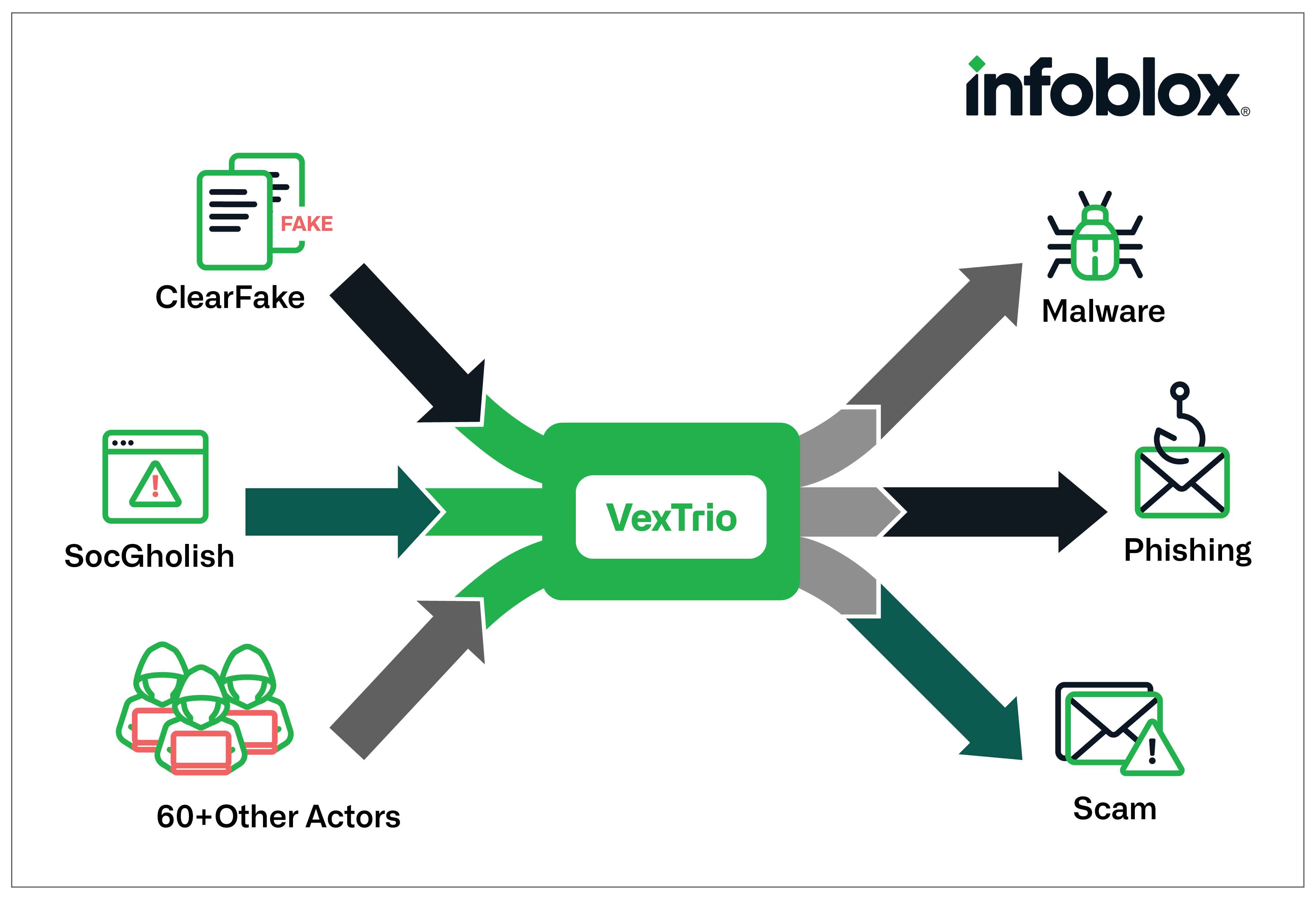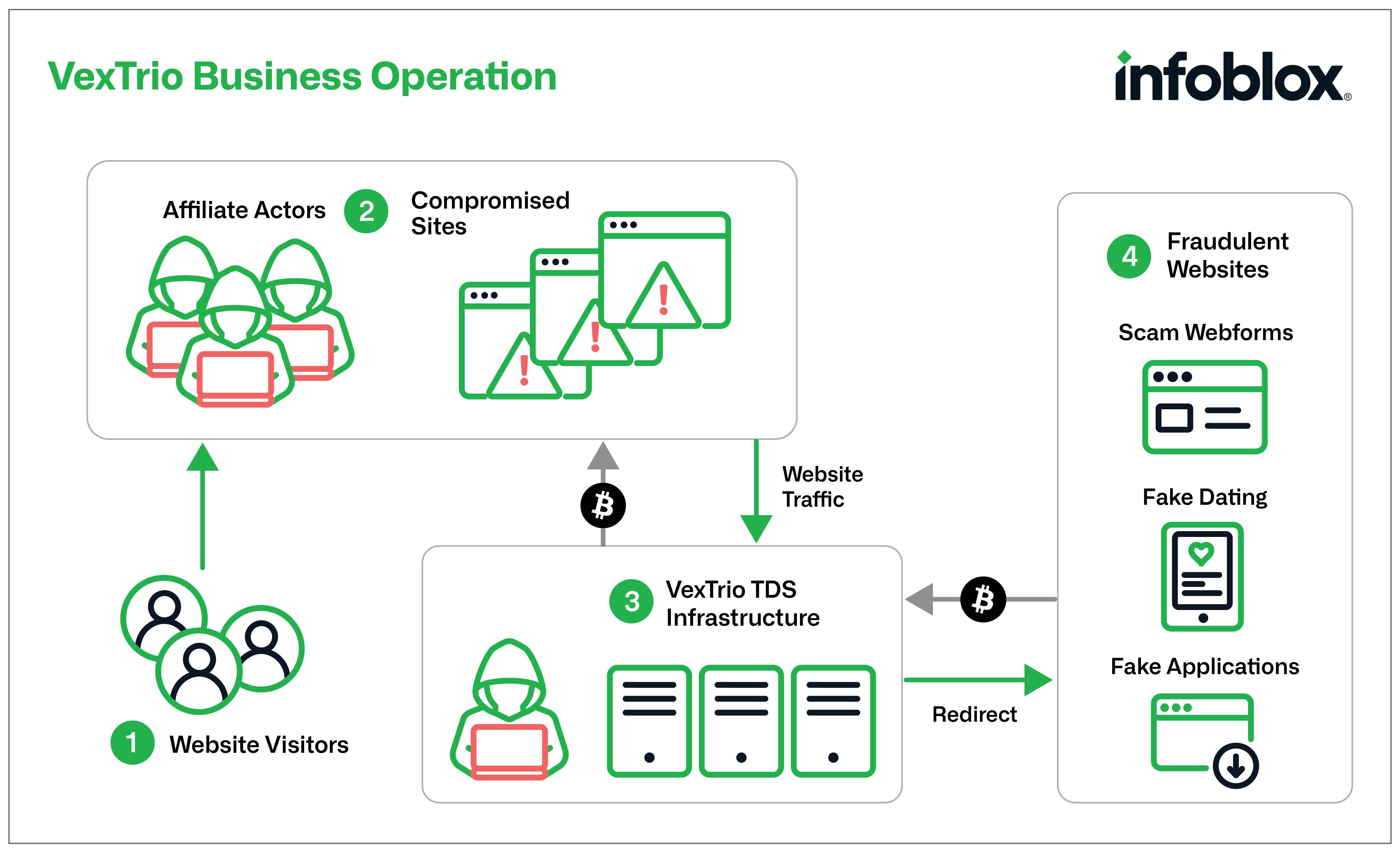AI is the ‘defining’ tech trend in 2024 say Aussie IT leaders
MORE THAN two-thirds of Australia’s top tech leaders say artificial intelligence (AI) is on track to be the defining technology trend for 2024.
That is the conclusion of research just released by the Tech Council of Australia (TCA) in partnership with Datacom. The report also highlights key growth opportunities and challenges.
TCA acting CEO, Ryan Black said, “With continued AI innovation and adoption seen as the defining tech trend of 2024, Australia needs to make sure it creates the right environment to capture the huge economic and productivity benefits. Generative AI alone has the potential to add up to $115 billion to the Australian economy annually by 2030. 
“This rapidly evolving technology can drive economic value through two main channels: improving existing businesses through productivity and quality gains, and creating new products and services.
“While increasing awareness will help drive AI innovation and adoption, it will need to be coupled with greater regulatory certainty and a clear national plan for growing Australia’s AI capabilities. The 2024 Federal Budget provides an opportunity to continue this important work,” Mr Black said.
“Tech leaders have also rated cyber security as an ongoing area of focus. Major cyber attacks and data breaches in recent years have demonstrated the urgent need to uplift cyber resilience.
“This will require sustained and ongoing action by governments, businesses and the broader community.”
Tech leaders look to quantum and space
The survey results also demonstrate the tech sector is thinking ahead to other emerging technology trends on the horizon. Nearly one-in-six tech leaders surveyed think deep tech areas such as quantum and space could overtake AI as the defining tech trend for 2024.
“While AI is absolutely front of mind, the results show that emerging technologies in lesser-known areas of the tech sector may become dark horse trends this year,” Mr Black said.
Datacom Australia managing director Alexandra Coates said, “We know tech adoption comes in waves, and at any point, a single form of technology can gain prominence fast.
“Advances in deep-tech areas like quantum technology and space are on the horizon, but as technology progresses, cyber security threats will continue to affect businesses, and therefore, a stronger emphasis on data protection solutions, such as zero-trust architecture and security, will be a priority for our country's top tech leaders,” Ms Coates said.
The report also notes the role Australia’s tech sector plays as it continues its trajectory of growth as a significant part of our economy and emphasises the need to support scaling companies to ensure they can retain local talent and grow in a small market.
“It is great to see that insights from the report reflect the optimism of our tech sector and its significant contribution to the economy,” TCA’s Mr Black said.
“Australia’s tech leaders see the potential for growth and the opportunity from AI and emphasise Australia’s key strengths as a tech sector, including great local talent, collaborative working culture and a great lifestyle. However, our tech leaders are honest about some of our biggest challenges, noting Australia is a small market, which can hinder opportunities for growth and create the need for international expansion for many Australian companies.”
“Importantly, many of these challenges are shared across the economy and with government, which highlights the continued need to work together with the tech sector and government on ways to support and harness our scaling tech companies and ways for greater tech adoption across the economy.”
Key insights:
- More than two-thirds of tech leaders expect AI to be the defining technology trend for 2024.
- 1 in 6 surveyed tech leaders think deep-tech areas such as quantum and space can overtake AI as the defining trend of 2024.
- 50% of respondents identify overseas growth as a priority and number one opportunity for 2024.
- 67% of tech leaders see Australia as distinct, with a special set of strengths and weaknesses compared to Silicon Valley (i.e. other tech hubs).
- Overwhelmingly, more than 61% of respondents said the number one change that would positively impact tech sector growth in 2024 would be to introduce tech adoption or investment incentives.
- More than 50% of tech leaders have an impact or Environmental, Social and Governance (ESG) strategy in place.
Technology leaders comment
In response to the Australian Tech Leaders Survey 2024 from the Tech Council of Australia and Datacom, a range of Australian technology leaders put forward their views.
Business should ‘be pragmatic’ about AI
Airwallex managing director and general manager for Australia and New Zealand, Luke Latham said, “There's obviously a lot of excitement about AI, particularly since it has been normalised with ‘generative’ use cases and the potential impact on internal productivity and product development, but businesses should be pragmatic about its adoption.
“AI’s efficacy will ultimately be determined by the underlying data to inform these tools. After all, its outputs will only ever be as good as its inputs, so investment in getting the foundations right is vital, without that businesses will struggle to yield these aspirational results.
“The current economic climate has seen focus and recalibration in corporate and labour market dynamics and 2024 will be no different than the prior year – investments in operational excellence and people will wield the most compounding impact on businesses in 2024.
“Organisations should be focused on fostering a strong, purpose-driven culture which aligns the workforce with the company's core values and drives innovation.”
Generative AI can transform task management
Learning and development content platform, Go1co-CEO, Chris Eigeland said generative AI (GenAI) would transform the management of daily tasks.
“GenAI and immersive experiences will have a significant impact on our lives this year, both personally and professionally. GenAI will transform how we manage and complete our daily tasks, which will galvanize our creative energy and unlock new learning experiences.
“GenAI will redesign how we work – shifting from software as the ‘librarian’ of our information to software as our ‘advisor.’
“With Apple now entering the spatial computing market, it is now impossible for companies to ignore the immersive environment – and as the affordability of headsets improves, learning and training on the job is a prime area to watch. Immersive learning will be key, as it facilitates new ways of learning through different formats, styles, and modalities.
“These two leading trends will force trust and integrity technology to emerge in the coming year. Verifying the authenticity of content will become increasingly difficult and new players will emerge to match the threat.”
Stepping beyond machine learning
Residential and commercial real estate platform innovator REA Group’s chief product and audience officer, Melina Cruickshank said AI was the logical extension to the machine learning systems the company had been developing and utilising for many years.
“I’m not surprised to see AI and cyber security at the top of the list for 2024 tech trends.AI offers significant opportunities for businesses and at REA we continue to heavily invest in implementation and experimentation as the technology develops.
“Machine learning has been a key enabler of realestate.com.au’s consumer personalisation strategy for many years and the next step as we further leverage AI to add value for our customers and enhance our consumer experience is exciting.
“Millions of people turn to realestate.com.au every month and new technology allows us to make a genuine difference in how Australians buy, rent, sell, and finance property. We must not forget that although AI has the power to drive innovative product development, along with greater productivity for businesses, it’s my view that the supreme creativity of humans will still have its place.
“As technology advances, cyber security and data privacy must remain at the top of the priority list for all organisations. Rising expectations from consumers and increasing privacy obligations mean we need to look beyond our direct operations when we think about risk mitigation.
“We know anyone can be targeted, and investing in these areas remains a top priority for REA and should be so for all businesses."
Financial services platform sees AI as a security aid
Real-time, account-to-account payments infrastructure innovator Zepto CEO, Chris Jewell said both AI and better payments technologies will develop to improve the industry’s speed and reliability.
Mr Jewell said in terms of AI, “Working together as an industry to drive down the unacceptable level of scams and raud targeting Australians continues to be front and centre for us as a financial infrastructure business.
“I expect this year we will see further innovations in AI used to help the industry fight this fight.”
“From a payments technology perspective, we’re going to see momentum and growth in real-time payments, particularly in regards to PayTo. Towards the end of last year, a 2030 retirement date was set for the country's legacy direct entry payments workhorse, BECS.
“Having that line in the sand has been a catalyst for vital conversations about transitioning to modern digital payment alternatives that will create more value for our economy, for businesses, and consumers.”
www.realestate.com.au www.realcommercial.com.au
ends

 How to resolve AdBlock issue?
How to resolve AdBlock issue? 





